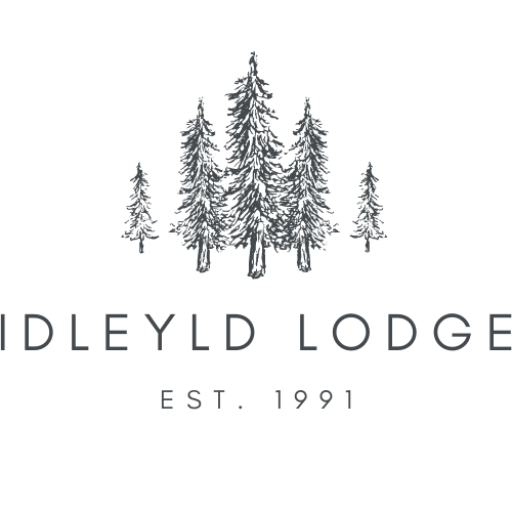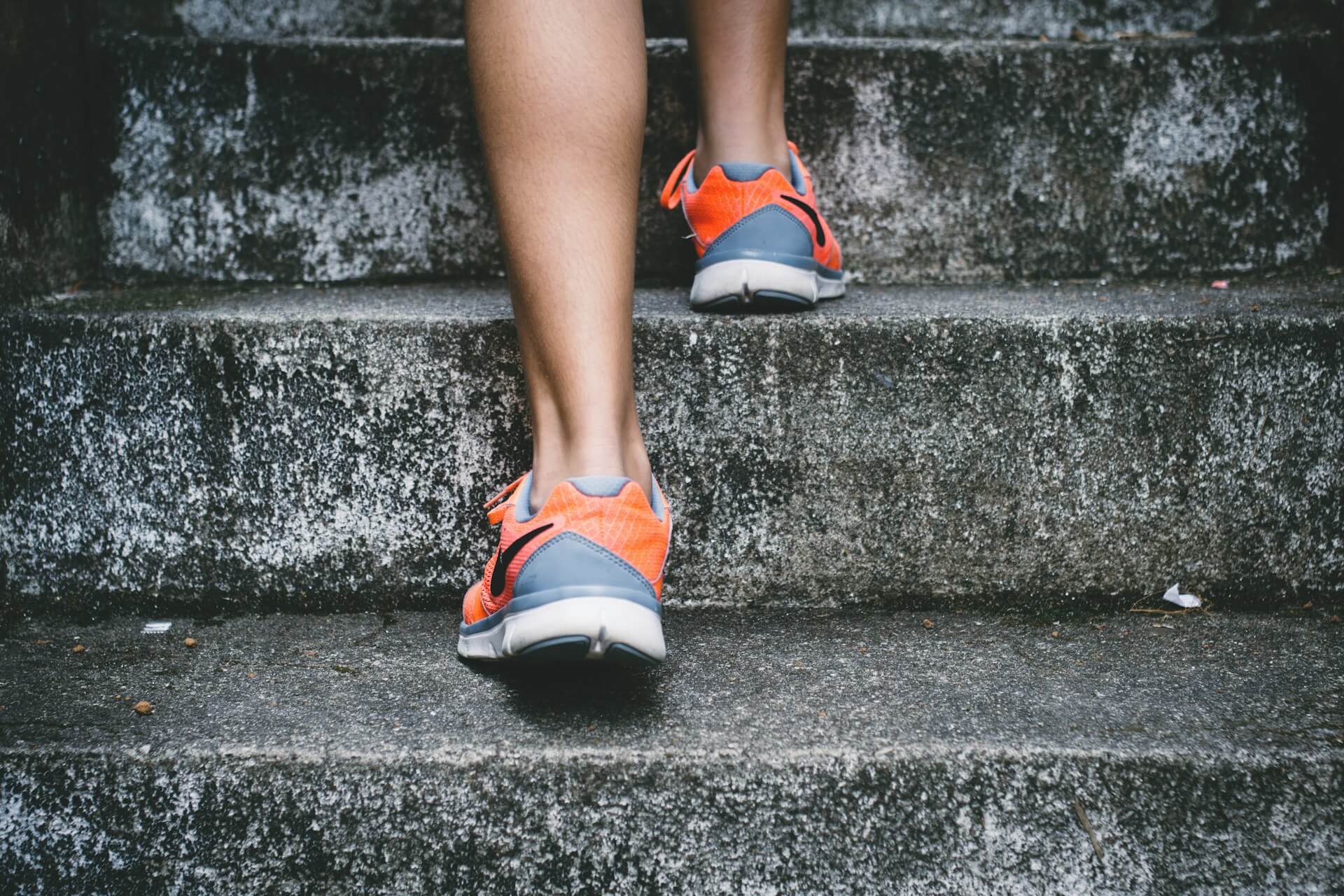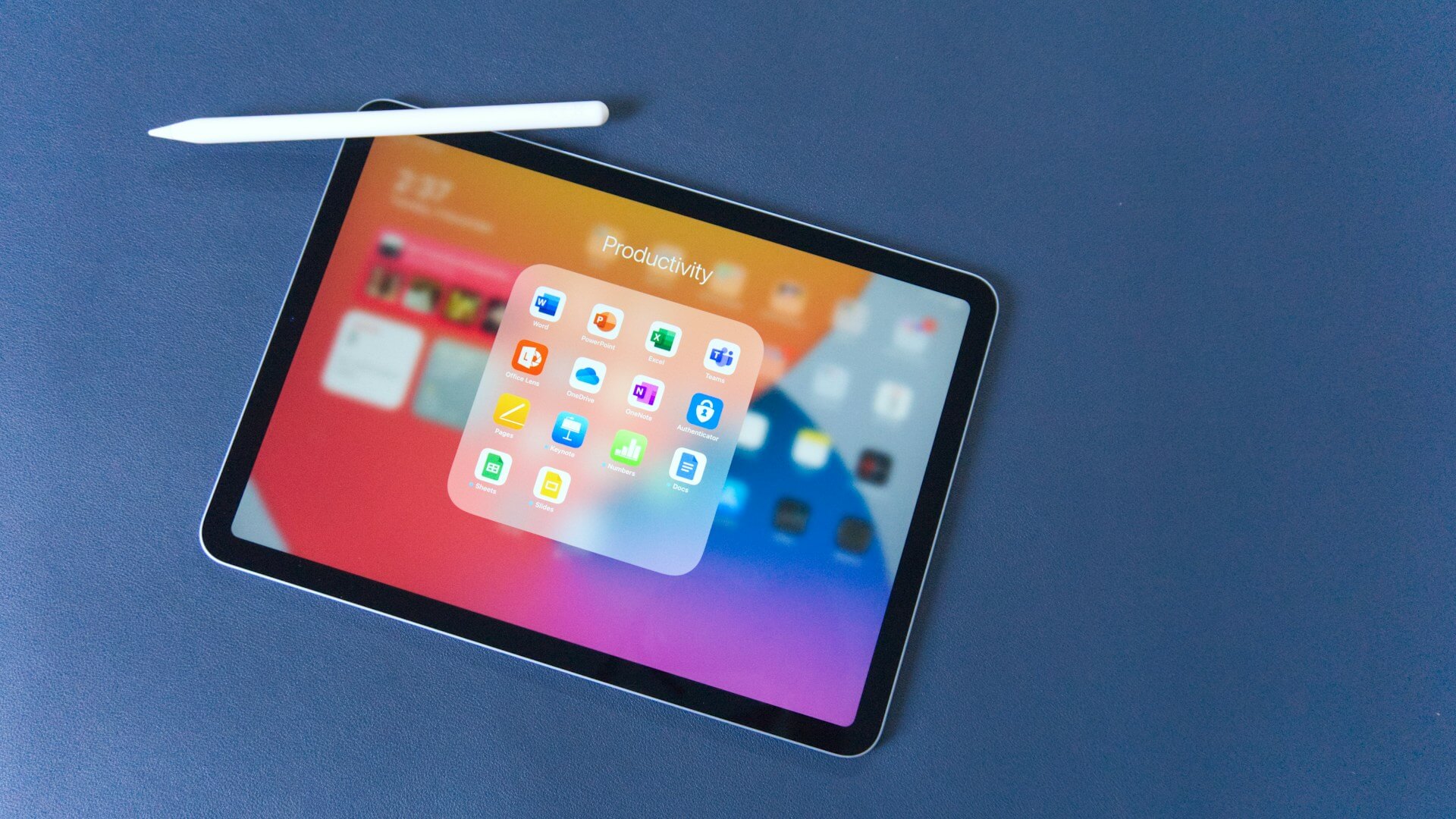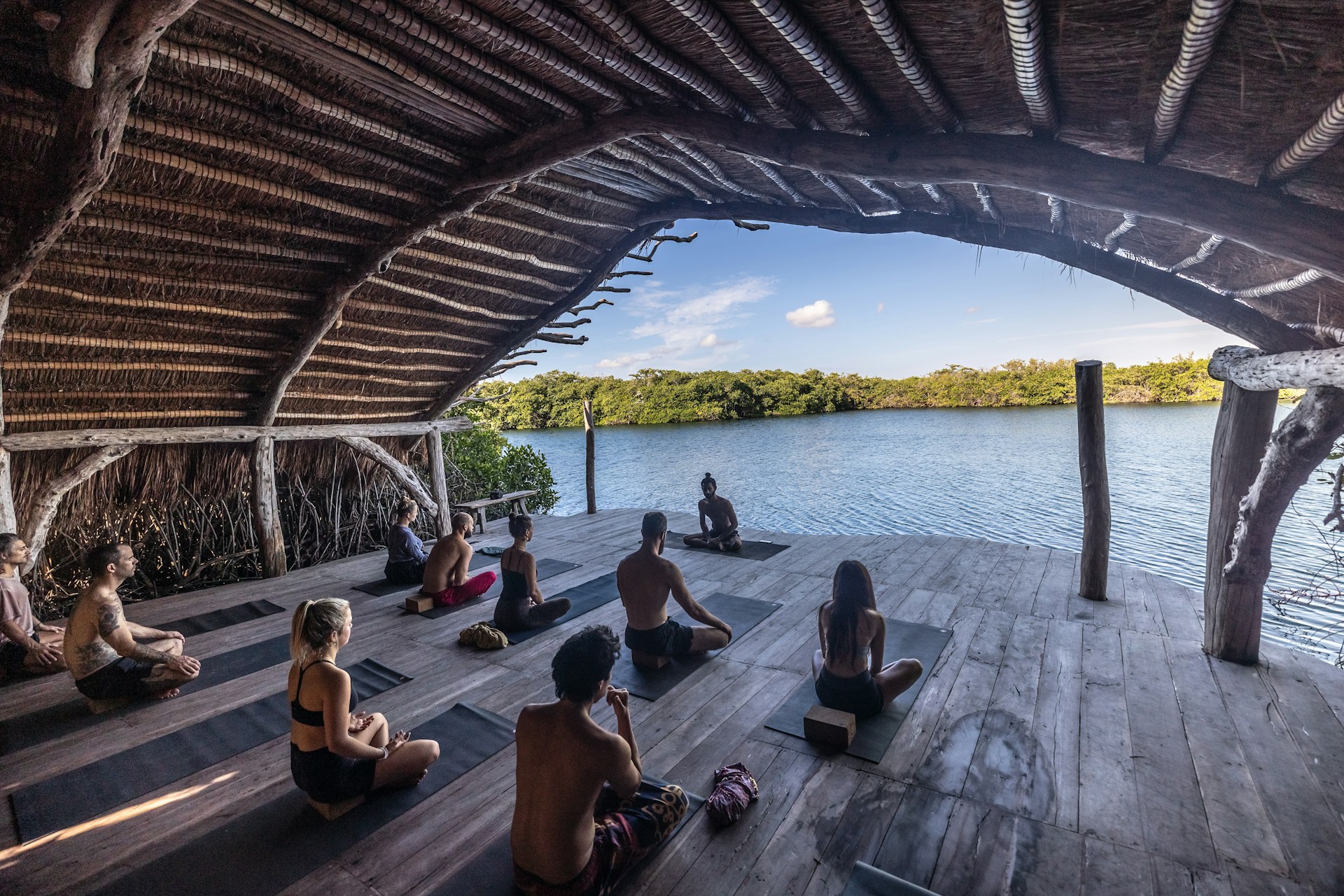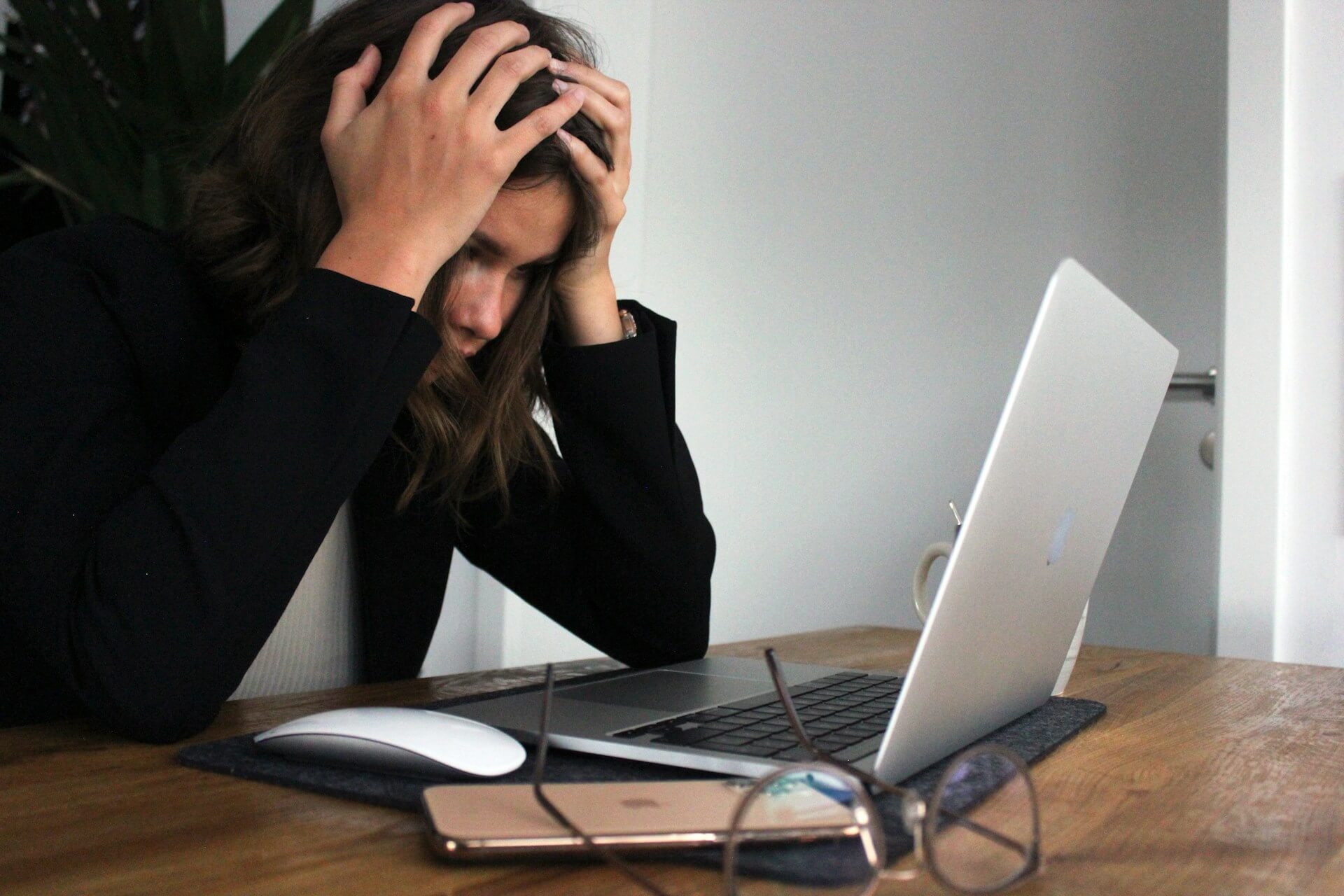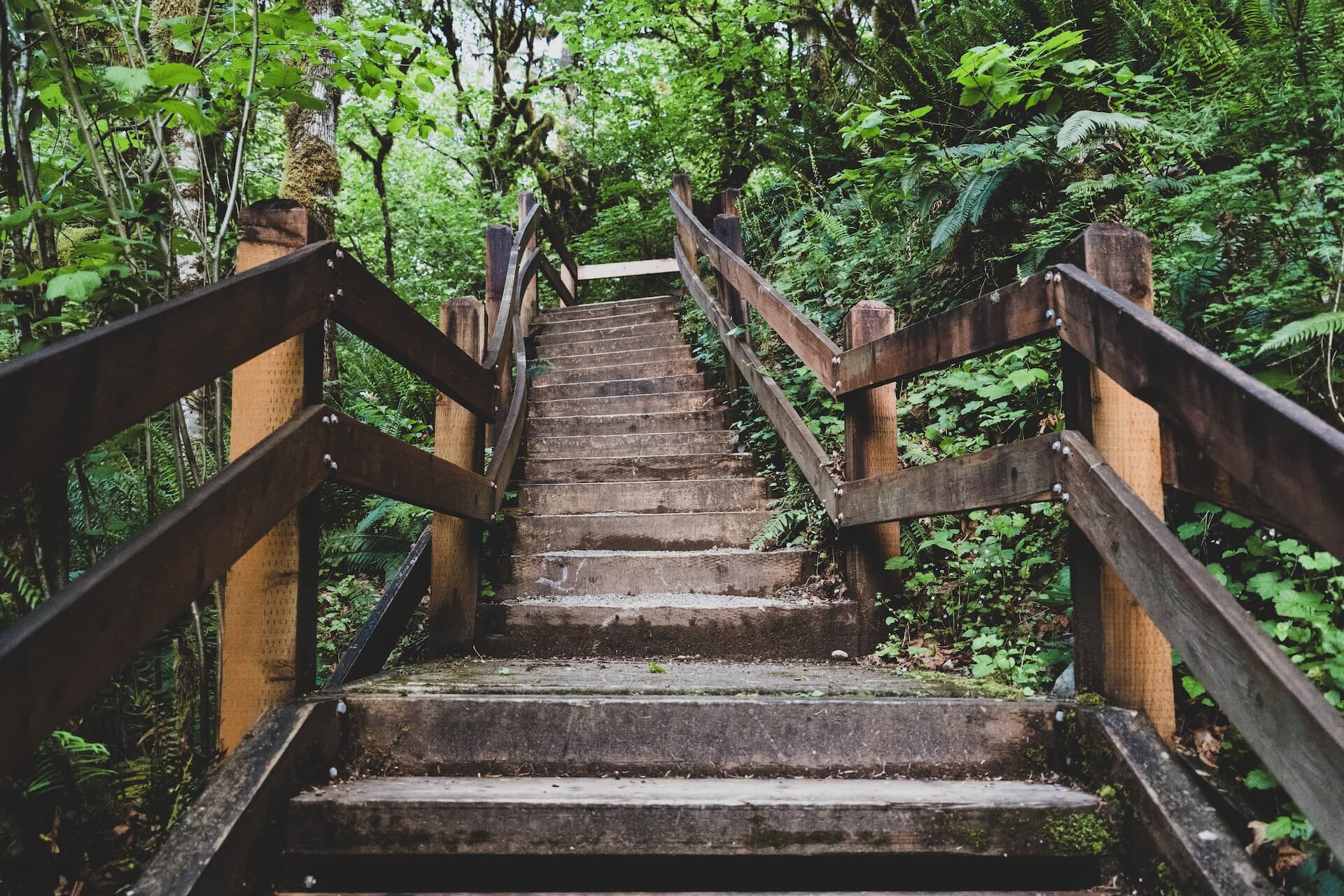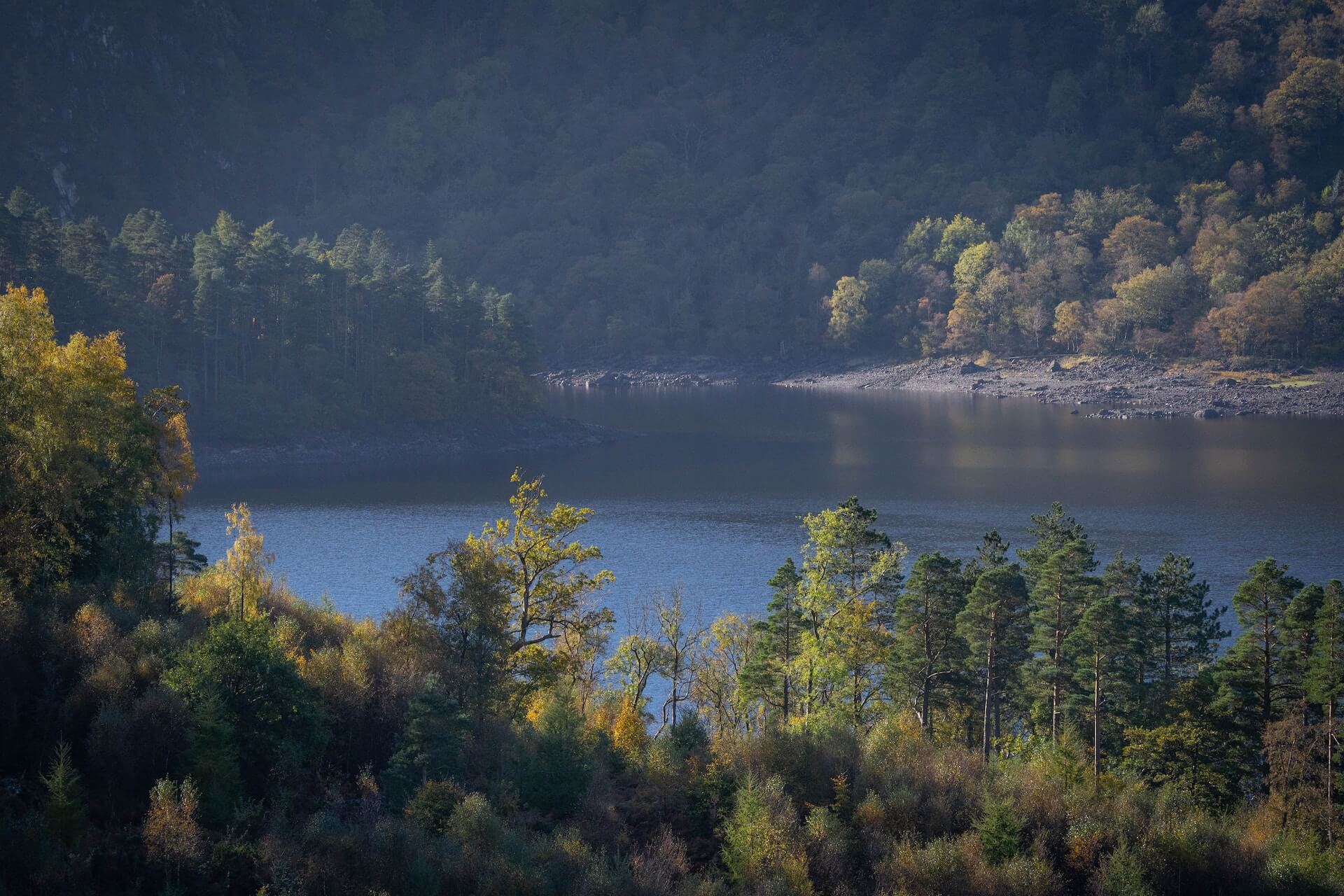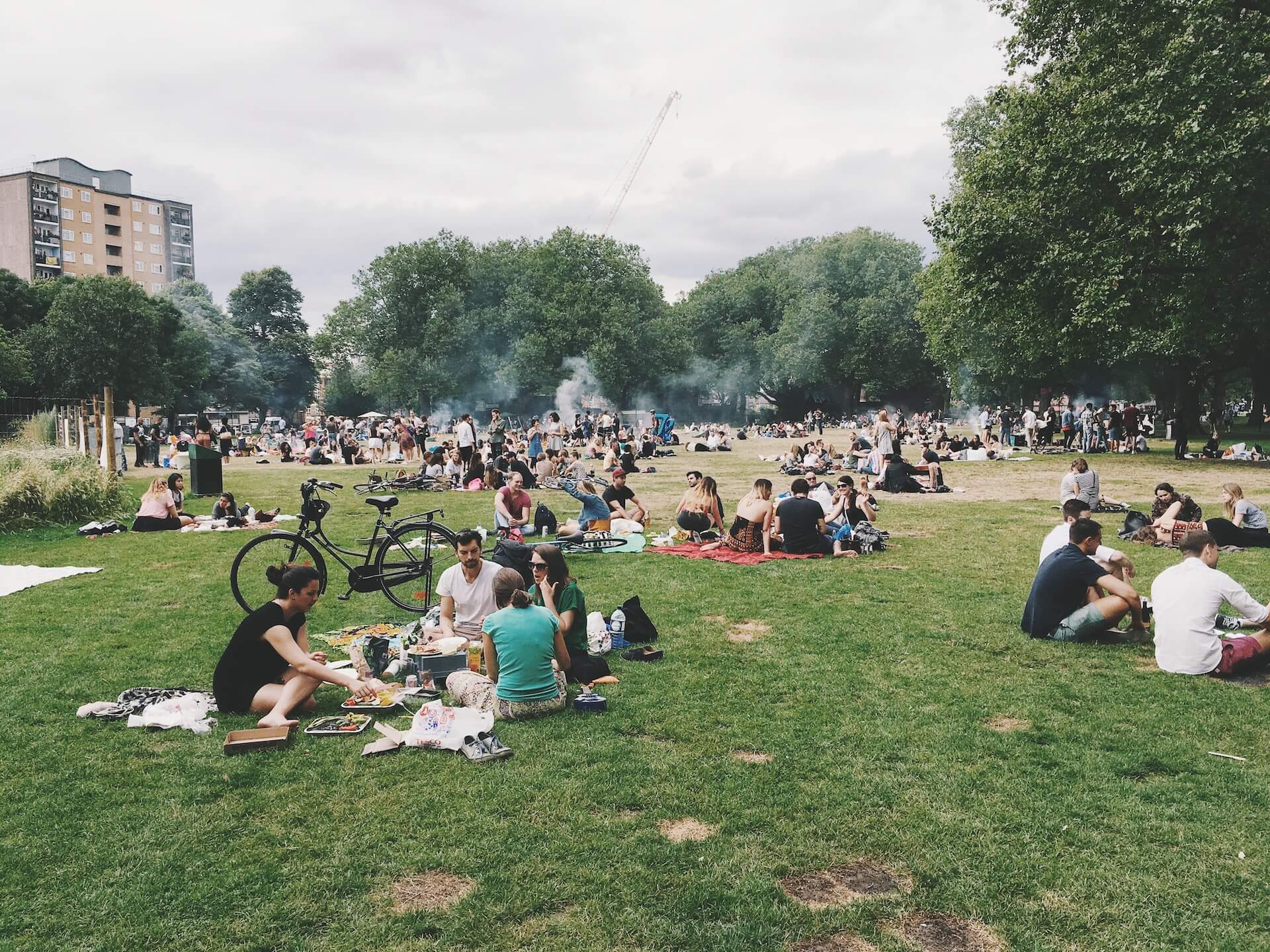
Massage therapy has become an essential part of modern wellness routines, offering a holistic approach to healing and relaxation. But how did this practice evolve, and what are its true origins?
In this blog post, we explore the rich history of massage, its development across different cultures, and how traditional massage techniques have shaped the therapy we know today.
Whether you are a seasoned practitioner, a curious learner, or someone interested in attending a massage class, you’ll find valuable insights that enrich your understanding of this ancient art.
Ancient Beginnings
The Dawn of Healing Touch
The history of massage dates back thousands of years, with evidence suggesting that early humans instinctively used touch for pain relief and healing. Archaeological findings from as far back as 2700 BCE indicate that ancient civilizations recognized the therapeutic benefits of massage.
Massage in Ancient China
China is often credited with being one of the earliest cultures to formalize traditional massage techniques. Traditional Chinese Medicine (TCM) includes “Anmo” and “Tui Na” massages, which are designed to balance the body’s energy or “Qi.” These techniques continue to be taught in modern massage classes, showcasing their enduring relevance.
Egyptian Influence
Hieroglyphs and paintings from ancient Egypt also depict scenes of massage. Egyptians believed in the power of therapeutic touch and incorporated it into their medical practices. These early methods laid the groundwork for many modern massage techniques, proving that the wisdom of traditional massage techniques has been valued across different cultures and eras.
Classical Antiquity
Greece and the Birth of Sports Massage
In the history of massage, ancient Greece stands out as a pivotal point for the origins of massage therapy, particularly among athletes. Known as “anatripsis,” these massage techniques were crucial for preparing athletes for competition and aiding their recovery. Prominent Greek physicians, including Hippocrates, diligently documented the benefits of massage in their medical texts, laying the foundation for its therapeutic use.
Massage in Rome
The Romans, understanding the value of Greek practices, adopted and expanded upon these massage techniques. Roman baths quickly became the epicenters of relaxation and health, where massage was a regular feature. Influential figures like Galen built upon Hippocrates’ work, integrating massage into the broader context of medical treatment, and enriching the history of massage.
Indian Ayurvedic Massage
Simultaneously, in India, Ayurvedic medicine was developing its comprehensive massage techniques aimed at balancing the body’s doshas. Known as “Abhyanga,” these massages utilized herbal oils and rhythmic movements to promote health and longevity. This rich tradition further contributes to the diverse origins of massage therapy, showcasing its global evolution.
Middle Ages and Renaissance
Decline and Resurgence
During the Middle Ages, the popularity of massage waned in Europe due to cultural and religious shifts. However, it remained prevalent in other parts of the world, such as Asia and the Middle East.
Islamic Golden Age
In the Islamic world, scholars like Avicenna wrote extensively about the benefits of massage. They integrated Greek and Roman knowledge with their discoveries, keeping the practice alive and well-documented.
Renaissance Revival
The Renaissance brought a renewed interest in classical knowledge. Medical practitioners revisited ancient texts, leading to a revival of massage techniques in Europe. This period set the stage for further advancements in the field. Today, enthusiasts can learn these time-honored techniques in a massage class, blending historical wisdom with modern practices.
Modern Era Developments
The Swedish Influence
One of the most significant milestones in the origins of massage therapy came in the 19th century with the introduction of Swedish massage. Developed by Per Henrik Ling, a Swedish physiologist, this method combined movement and massage techniques to enhance physical health. Swedish massage quickly gained recognition and became a foundational element for many contemporary massage therapies.
Escalating Popularity
Swedish massage didn’t stay confined to Sweden for long. Its popularity escalated rapidly, spreading across Europe and America, where it became one of the most recognized forms of massage therapy. This widespread acceptance further solidified its role in the origins of massage therapy and established it as a go-to technique for promoting physical well-being.
Establishment of Professional Standards
The 20th century marked a turning point with the formalization of massage therapy as a recognized profession. Organizations like the American Massage Therapy Association (AMTA) were founded to set standards, ethics, and training programs for practitioners. This professionalization ensured that massage therapy would be practiced with a high level of competence and integrity, paving the way for modern practices like Dexterity Professional Development.
Traditional Massage Techniques
Shiatsu and Japanese Traditions
Originating from Japan, Shiatsu massage focuses on applying pressure to specific points in the body to promote healing and balance. These traditional massage techniques are deeply rooted in Japanese medicine and have gained global recognition for their effectiveness. If you’re interested in learning more, consider enrolling in a massage class to master this ancient art.
Thai Massage
Thai massage, or “Nuad Boran,” is a comprehensive, holistic approach combining acupressure, Indian Ayurvedic principles, and assisted yoga postures. Designed to improve flexibility and energy flow, Thai massage is another traditional massage technique that offers numerous health benefits. A massage class focusing on Thai techniques can provide you with the skills to perform this intricate form of bodywork.
Reflexology
While not exclusively a massage technique, reflexology involves applying pressure to specific points on the feet, hands, and ears. This practice is based on the idea that these points correspond to different organs and systems within the body. By learning reflexology in a massage class, you can help clients achieve better overall health and well-being through targeted pressure points.
The Science Behind Massage
Physiological Benefits
Modern science has validated many of the benefits attributed to massage therapy. Studies show that it can reduce muscle tension, improve circulation, and alleviate pain. This understanding of the physiological advantages has roots in the extensive history of massage, where different cultures recognized its health-promoting properties centuries ago.
Mental Health Advantages
Massage also offers significant mental health benefits. It can reduce stress, anxiety, and depression by promoting relaxation and the release of endorphins. These effects have made it a popular choice for holistic wellness, continuing a legacy seen throughout the history of massage.
Enhancing Athletic Performance
Athletes continue to benefit from massage therapy, using it to enhance performance, prevent injuries, and speed up recovery times. The practice has been an integral part of athletic training for centuries, showcasing its enduring impact on both physical conditioning and overall well-being.
Conclusion
The history of massage is a testament to its enduring value and effectiveness. From ancient civilizations to modern-day practice, massage therapy has evolved and adapted, offering countless benefits along the way.
Whether you are a seasoned professional, an aspiring practitioner, or simply someone interested in the therapeutic power of touch, understanding the roots of massage can deepen your appreciation and knowledge of this ancient art.
For those looking to further their expertise, consider enrolling in a massage class. Their expert curation, comprehensive training, and a strong sense of community make them an excellent choice for anyone passionate about the history of massage and its future potential.
